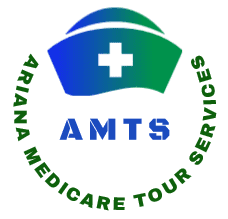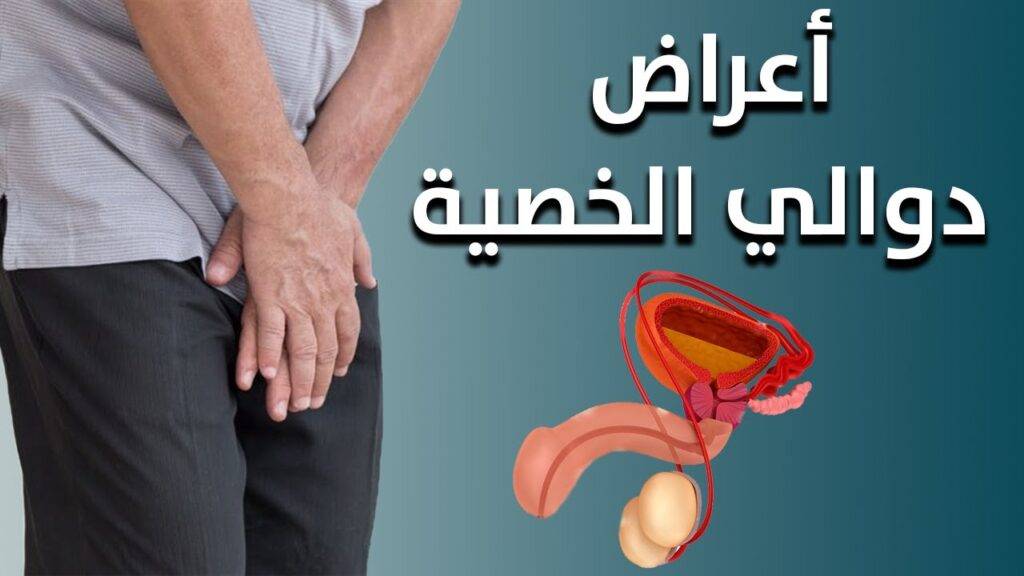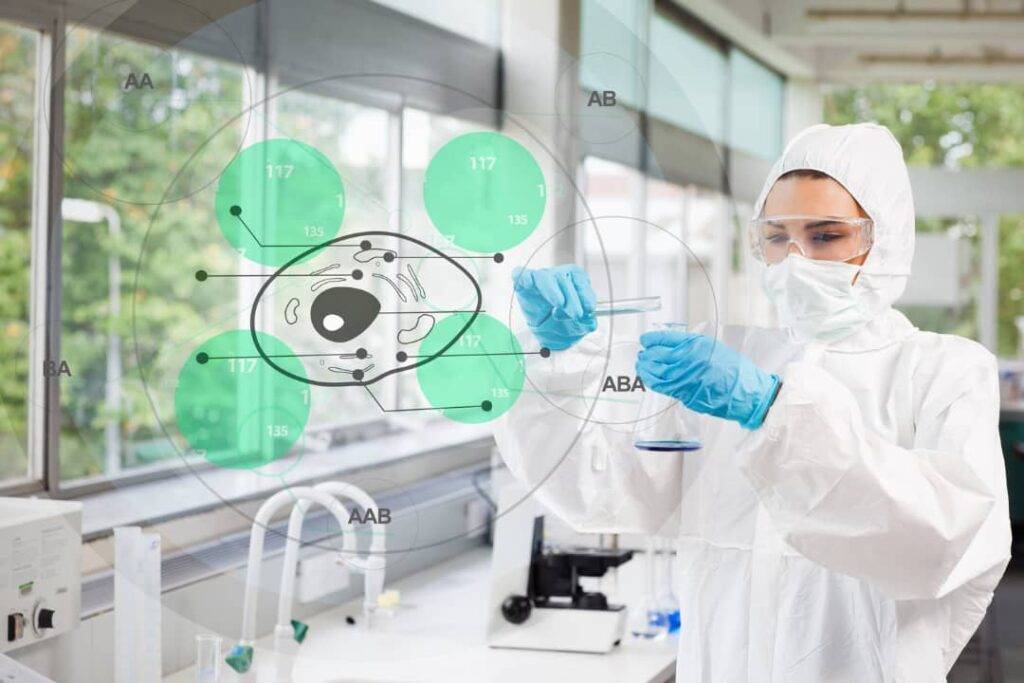Cardiac catheterization and angioplasty are recent medical advances that have revolutionized the treatment of cardiovascular diseases. Among the countries that strive to develop and adopt these advanced technologies, Iran stands out as one of the leading countries in this field. Specifically in the city of Shiraz, these efforts are evident in the establishment of a specialized center for cardiac catheterization and angioplasty, which combines high medical expertise and modern equipment to provide high-quality health care to patients.

Article contents
- Introduction.
- Angiography in Iran.
- Cardiac catheterization and its types in Iran.
- The difference between angiography and angioplasty of the heart.
- Sources
Cardiac catheterization and angioplasty in Iran and in the cities of Shiraz and Tehran
1. Introduction
Perhaps you have a heart condition or you have acquaintances or friends who have had angiography or angioplasty and you’ve heard the words angiography and angioplasty over and over again. What is the difference between the two and what does angiography and angioplasty mean?
2.Angiography in Iran
Angiography is a diagnostic procedure and no medical treatment or intervention is performed during angiography. During angiography, using a catheter and injecting a radioactive contrast material, the presence of pathologies within the coronary arteries of the heart, which can be blocked or normal, is checked.
When you go to the doctor for a heart or respiratory problem, the doctor takes your history, performs cardiac examinations, and, depending on the condition, uses diagnostic tests such as an exercise test, echocardiogram, and nuclear heart scan. When the doctor decides that there is a high probability of blockage of the coronary arteries, it is necessary to examine the coronary arteries more carefully and more precisely, which is the best way to perform angiography.
Angiography can be done in two ways:
- A virtual method using cardiac CT scans and image reconstruction, which is known as CT angiography.
- and routine angiography using an angiography machine.
In both methods, the information obtained about the condition of the coronary arteries of the heart is diagnostic, and only the doctor and the patient obtain information about the condition of the coronary arteries.



Based on the results of angiography and CT angiography, three modes of decision-making can be taken:
- There is no significant stenosis and blockage in the coronary arteries, in which case drug therapy is recommended.
- Cardiac vessels are blocked and have significant stenosis but can be treated with balloons and stents – angioplasty. In this case, angioplasty can be performed after the completion of the angiogram. Of course, in some cases where there are multiple and severe blockages, angioplasty should be performed after the consultation and decision of the treatment team.
- In the presence of multiple and severe stenosis, especially when the main artery of the heart – the left main one – is affected or all three cardiac vessels are blocked, open-heart surgery is recommended, which requires consultation with a cardiac surgeon.
After computed tomography angiography
The most ideal case in CT angiography is its natural answer. The most reliable report on CT angiography is that there is no significant blockage in the coronary arteries or minimal calcium deposition in the coronary artery wall. If blockages in the coronary arteries of the heart or significant calcium deposits in the coronary arteries are reported, routine angiography is necessary for a more accurate decision, catheterization, or cardiac interventions. After performing a CT angiogram, two situations are possible:
- The normal situation or the observation of insignificant deposits of fats and calcium in the wall of the heart vessels, and in this case the following procedure is not necessary and it is recommended to take medication or change the lifestyle and modify the cardiac risk factors.
- If there is too much calcium in the wall of the coronary arteries or if there is narrowing of the coronary arteries, a routine angiogram is necessary to confirm the diagnosis and perform treatment and angioplasty.
3. Cardiac catheterization and its types in Iran.
Angioplasty means intervention and treatment of blockages or coronary artery disease. Basically, angioplasty is performed after angiography, which can be performed immediately after angiography and in the same session, and can be performed after consultation and examination of treatment methods in the patient’s treatment team. For angioplasty, the generic term PCI is used – percutaneous coronary intervention.

PCI is done in two ways:
- Balloon catheterization
In this method, which is less used today, coronary artery blockages are only treated with balloons. In balloon angioplasty, a small balloon with dimensions proportional to the length and diameter of the obstruction is inflated within the coronary lesion and held for some time until the coronary plaque is fractured and contracted.
Balloon angioplasty is outdated and not used today due to the rapid return of coronary artery stenosis as well as the potential for rupture and dissection of the lesion. Today, this method is only performed for new restrictions within the former supports and the use of drug-impregnated balloons – drug balloons. - Placing a metal mesh stent for the heart.
In fact, the stents are similar to the metal mesh or scaffolding that is placed in the lesion after the balloon has been inserted into the coronary lesions to prevent their re-narrowing and the so-called re-rolling of the lesion. Stents used in different types and with appropriate lengths and diameters for each lesion improved the outcome of reversal and better treatment of coronary artery stenosis, especially in severe and multiple cases.

4. The difference between angiography and angioplasty (cardiovascular catheterization)
There is a big difference between angiography and angioplasty as follows:
- Cardiac catheterization (angiography), by any method, whether using a routine angiogram machine or using CT angiography, is simply a diagnostic procedure that determines the condition and blockage of a coronary artery.
- Angioplasty (balloon angioplasty) is a therapeutic and interventional procedure in which coronary artery disease can be treated using balloons or stents.
Sources:
Kern, Morton J.; Sorajja, Paul; Lim, Michael J. (2015-06-01). The cardiac catheterization handbook. Kern, Morton J.,, Sorajja, Paul,, Lim, Michael J. (Sixth ed.). Philadelphia, PA.
Camuglia, Anthony C.; Randhawa, Varinder K.; Lavi, Shahar; Walters, Darren L. (November 2014). “Cardiac catheterization is associated with superior outcomes for survivors of out of hospital cardiac arrest: review and meta-analysis”. Resuscitation. 85 (11): 1533–1540.
Read more about other articles in the medical fields (Cosmetics and Medical)
- Hair Transplant in Iran
- Rhinoplasty (Nose Job in Iran)
- Face Lift Surgery (Rhytidectomy) in Iran
- Breast Lift in Iran
- Chin Surgery in Iran
- Liposuction in Iran
- Tummy Tuck (abdominoplasty) in Iran
- Butt augmentation (Brazilian butt lift) in Iran
- Breast Augmentation in Iran
- Eye Care in Iran
- Cataract Surgery in Iran
- Diabetic Retinopathy Treatment in Iran
- Heart Surgery in Iran
- Knee replacement in Iran
- Eyelid Surgery In Iran
- Safe Abortion in Iran


